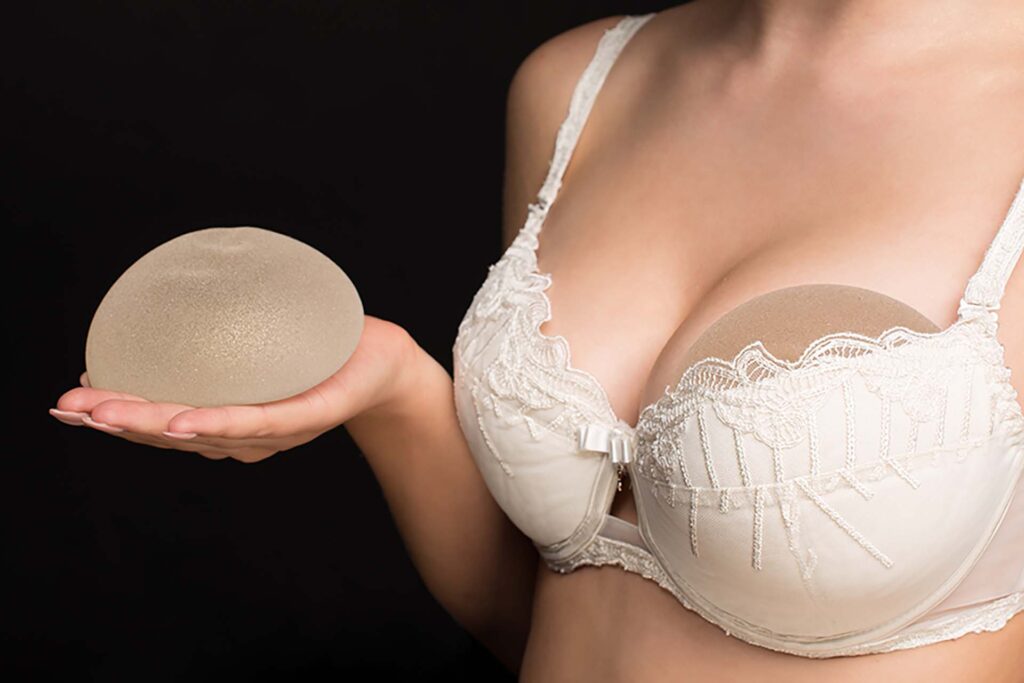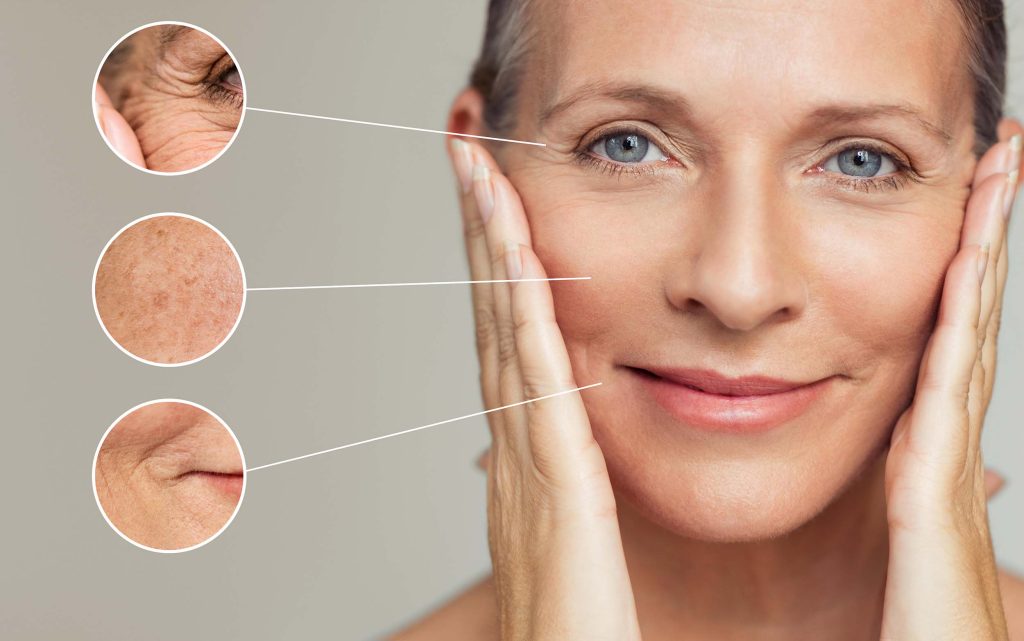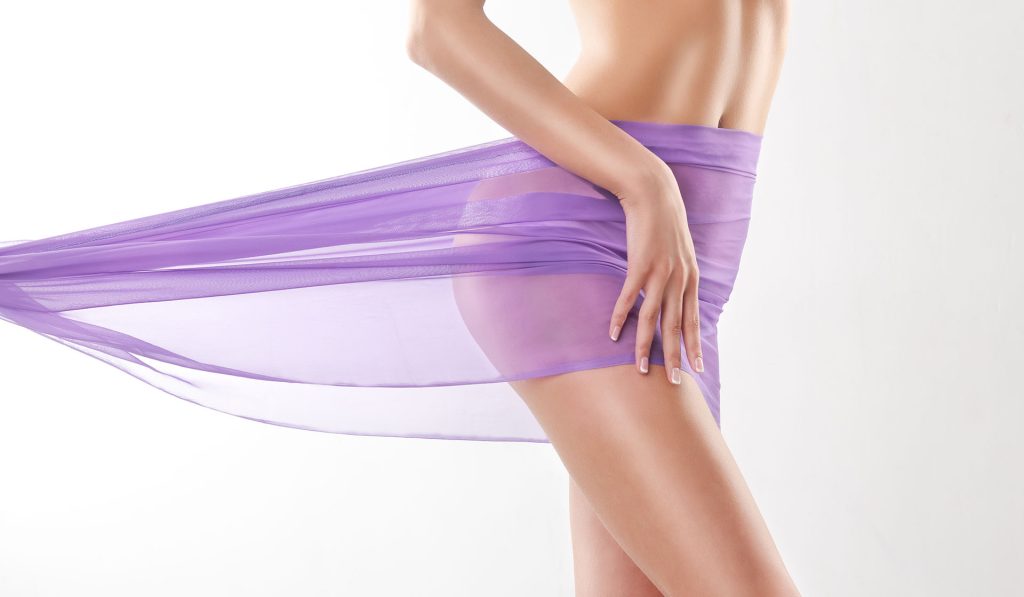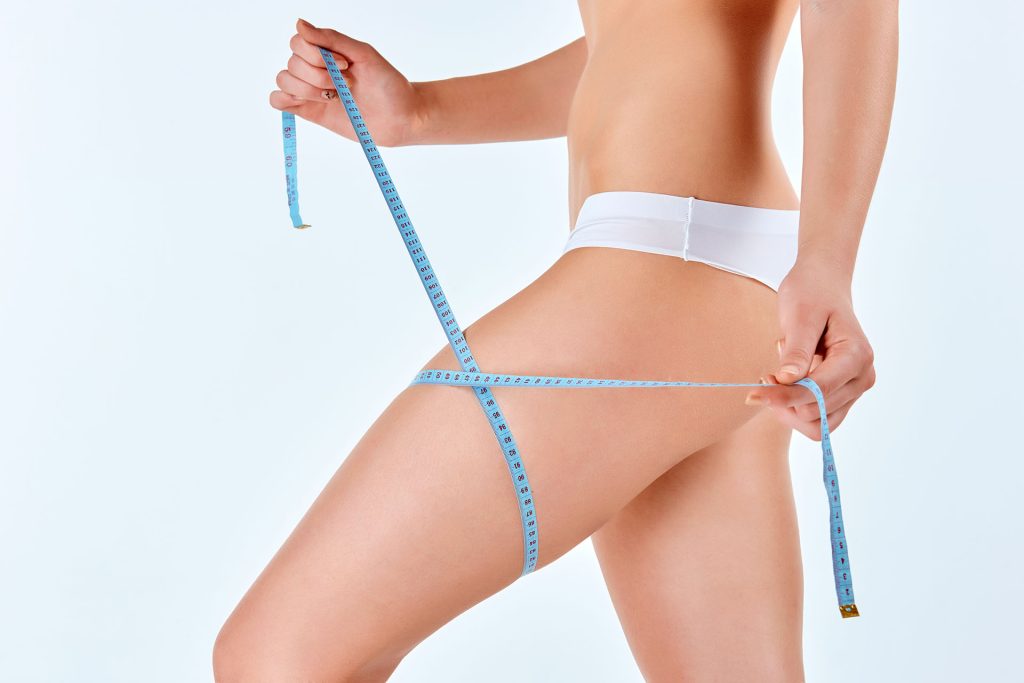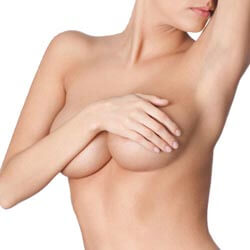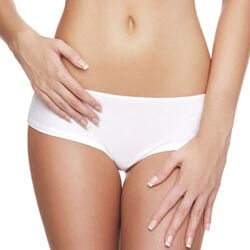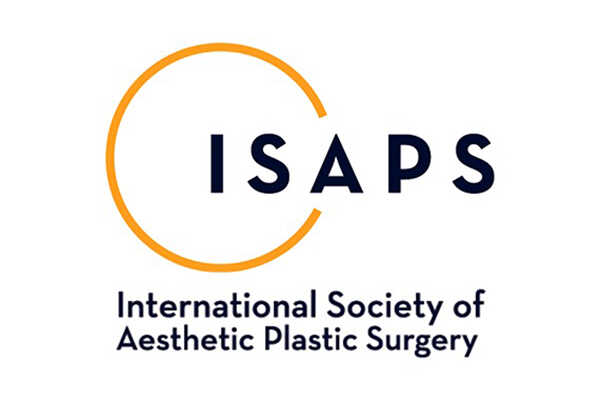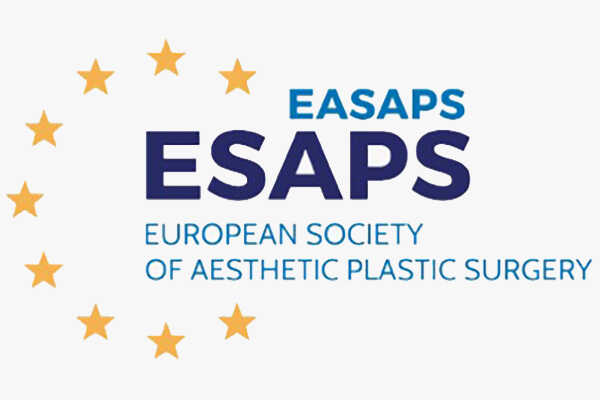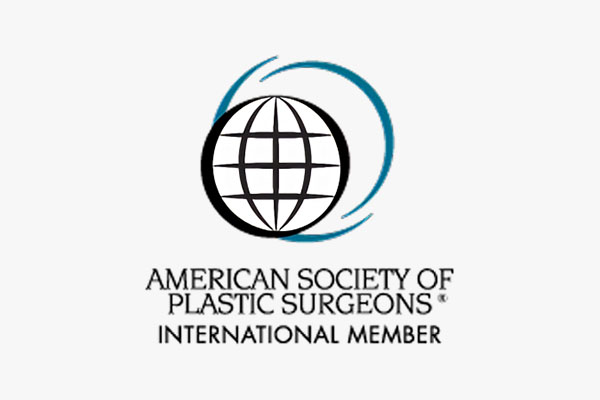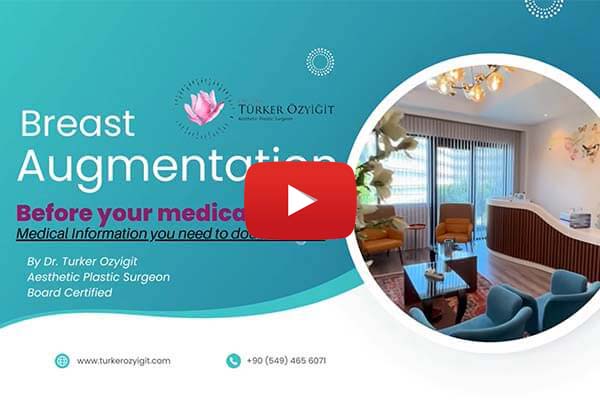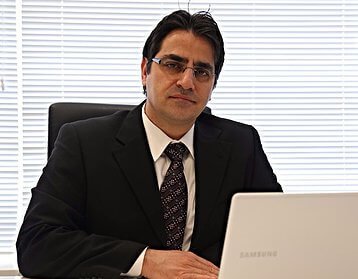
Op. Dr. M. Türker Özyiğit
Aesthetic Plastic Surgery Specialist
With each new day, advancements in science and technology is making the work of us plastic surgeons and our patients a little easier.
Lower risk of complications, faster recovery periods and the development of less painful methods keep making us all happy.
Although non-surgical methods can only be as effective as 40% of the result to be obtained with plastic surgery, nowadays, laser technology and advanced cosmetic applications allow to preserve youth to a degree that may delay or perhaps not require surgery to later ages.

 Türkçe
Türkçe العربية
العربية
